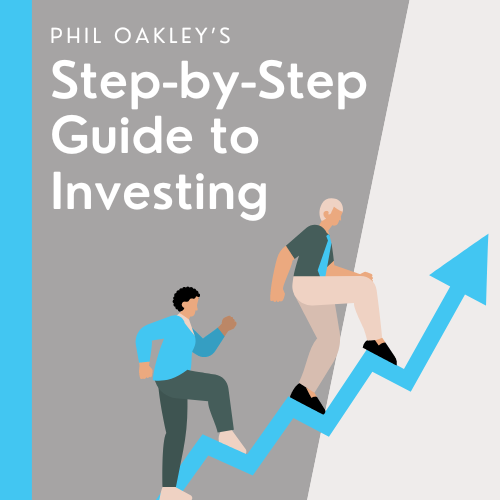In part two of his position sizing series, Michael Taylor moves beyond the basics and dives into more advanced techniques that separate disciplined traders from the rest. From adjusting risk based on volatility and conviction to avoiding common pitfalls, he shows how smart sizing can protect your capital, compound your edge, and keep you in the game for the long run.

This is part II of a multi-part series on position sizing.
If you’ve not read part I then you can do so here.
Advanced Position Sizing Concepts
Once you’ve mastered the basic 1% rule, you can start incorporating more sophisticated approaches. One method I use is varying position size based on the quality of the setup. You can only do this once you have the data that tells you where your P&L is coming from and being lost on. But higher conviction trades backed by data to support it deserve more risk being allocated to them than lower-tier trades.
You can also adjust position sizes based on volatility. Stocks with higher average true ranges require wider stops, which naturally leads to smaller positions for the same risk budget. This is perfect because volatile stocks can sometimes carry more risk, so you should have less exposure to them anyway.
Another consideration is correlation. If you already own three banking stocks, adding a fourth bank increases your sector concentration risk. This is something you need to be mindful of as any news that is bad for the banking sector will likely affect your three existing positions.
The Compound Effect
The real power of proper position sizing becomes apparent over time through the magic of compounding. By risking small amounts per trade, you stay in the game long enough for your edge to work. Even a modest edge – say, winning 55% of your trades with an average win 20% larger than your average loss – becomes incredibly powerful when applied consistently over hundreds of trades.
I’ve been trading full-time since December 2016, and the traders who are still actively trading from that period all share one characteristic: they understand position sizing. The ones who blew up, without exception, were the ones who risked too much per trade. Some were brilliant analysts, some had great market timing, but none of that mattered if they put 50% of their account into a single trade that went wrong. To come back from that you need a 100% gain just to get back to where you were.
It doesn’t matter how big and tough you are (and I am neither), the numbers are always tougher.
Common Position Sizing Mistakes
The biggest mistake I see is using position sizing to express confidence levels. “I’m really sure about this one, so I’ll risk 5% instead of my usual 1%.” This is backwards thinking. Your position size should be determined by your risk management rules, not your confidence level.
When you think about this logically, putting different sizes of risk depending on how you feel is silly. Unless you have the data to back it up, of course.
Thinking “I’ll risk more on this trade because it matches my A setups where I am statistically likely to see a bigger payout” is clearly different from “I like this stock and management are bullish so I’ll risk more”.
Another common error is not accounting for gaps. Your stop-loss might be at 375p, but what if the stock opens at 340p after bad news? Your actual loss will be much larger than planned. This is why I factor in potential gap risk, especially when holding through earnings announcements or other catalysts. If you’re looking at entering a stock and earnings are likely or confirmed to be next week, I’d think twice about entering because that is unnecessary earnings risk. Your job as a trader is to mitigate risk and let the upside take care of itself.
Many traders also make the mistake of risking the same pound amount per trade regardless of the setup. A breakout that requires a 15% stop does not deserve the same risk allocation as a breakout trade that only needs a 5% stop. The position sizing should reflect the technical requirements of each individual setup. You can do this with my position size calculator but always double check before placing the trade.
Position sizing isn’t glamorous, but it’s the foundation upon which all successful trading careers are built.
If you can master this skill (and it should be your priority to do so as a trader) and you’ll be ahead of the majority of traders who don’t bother to learn and research, and instead become emotionally attached to the smiling Warren Buffett pictures with the “My favourite holding period is forever” when their stock goes down and through their stop.
To put this into perspective, get position sizing wrong and everything else you learn won’t matter.
Look out for part III where we’ll cover stop losses for position sizing and entries.
Michael Taylor
Get Michael’s trade ideas: https://newsletter.buythebullmarket.com/
Free educational content: @shiftingshares
This article is for educational purposes only. It is not a recommendation to buy or sell shares or other investments. Do your own research before buying or selling any investment or seek professional financial advice.



